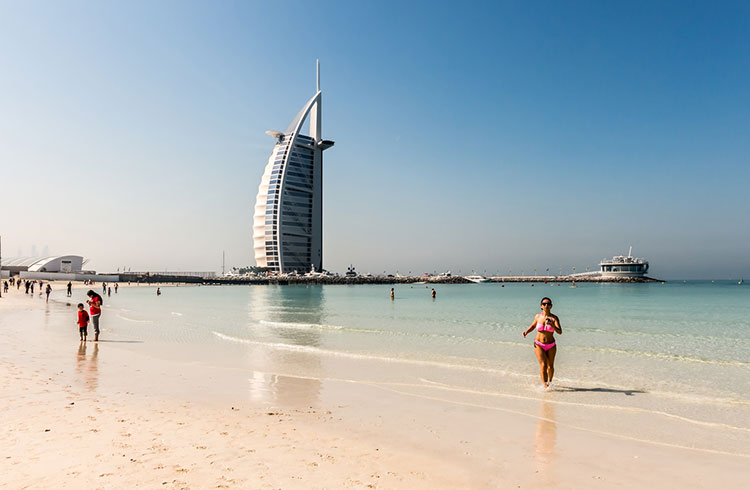The date palm is grown to benefit from its fruits, which are dates because they contain many nutrients such as vitamins, calcium, sulfur, amino acids and many sugars that are beneficial to the human body, and it has many benefits such as treating anemia and heart problems and helps prevent diarrhea.

Palm climate:
The appropriate temperature for the growth of this tree is 33 ° C, and it can withstand high temperatures up to 49 ° C, but the bulk of the leaves may fall, and the final bud remains alive to continue growing in the summer, so the resistance of the date palm varies For different varieties of low temperatures, there are varieties that are very resistant to frost.
Palm soil:
Date palm is cultivated in various types of agricultural soils, the most abundant thing is found in light, deep and fertile agricultural soils, it has the ability to tolerate salinity more than other plants, this is what helps to cultivate it on lands that are not suitable for any type of tree, the reason may be due to its ability to exclude The absorption of chloride from the soil solution, and the absorption of water without absorbing the salts, so that it works to convert carbohydrate compounds into sugars dissolved in water.
Light for the palm:
Palm is one of the plants that love light, and it is one of the most sun-loving fruit trees, as palm growth is not normal even in very hot deserts if it does not receive its light need, and strong solar rays associated with a very high temperature limit the growth of the tree.
Planting methods and the number of seeds for palm trees:

Cuttings are planted, with digging (1 x 1 x 1) m, on different dimensions, so that the places of planting differ, so that the soil mixed with the fermented organic fertilizer is placed at the bottom of the pit, and the shoot is buried to the bottom of the terminal bud and the soil around it is compacted well, and after planting The offshoots are wrapped with burlap, and the watering is done well and regularly.
Service operations for counting palm plantations:
- Irrigation: Although the date palm is mainly prepared to withstand drought in deserts and orchards, we find that its roots tolerate immersion in water for long periods without damaging the trees, and the palms can be irrigated after methods such as sprinkler irrigation, sprinkler irrigation, and irrigation in basins and terraces.
- Fertilization: The organic fertilizer is placed in the pit and must be mixed well with the soil and then covered with the surface soil of the pit, then the seedlings are planted, preferably in the case of newly cultivated palm trees with green fertilizers, then chemical fertilizers are added during irrigation.
- Hoeing: Hoeing is done to control weeds and get rid of weeds that compete with trees for food and organic matter in the soil. Hoeing may be done by mechanical method or by planting crops or covering materials, or it may be done by chemical control using herbicides.
Palm varieties:
Al-Barhi, Al-Kestawi, Al-Zuhdi and Halawi.
Palm pests:
Palm weevil, scale insects, palm borer, palm bugs, palm moth.
Ripening and reaping of palms:
The palm fruits, (dates), are picked when they reach maturity and the fruits turn from green to yellow and are carefully picked, then packed into appropriate boxes and then marketed.




![The Top & Most Popular Seafood Bucket Restaurants in Dubai for you [Never Miss]](https://uae24x7.com/wp-content/uploads/2020/09/8-seafood-in-a-bucket-scaled-e1600739237403.jpg)
![Procedures for Renewing the Driving License in Abu Dhabi [3 Simple Steps]](https://uae24x7.com/wp-content/uploads/2020/07/Capture-9-e1595666454466.jpg)





